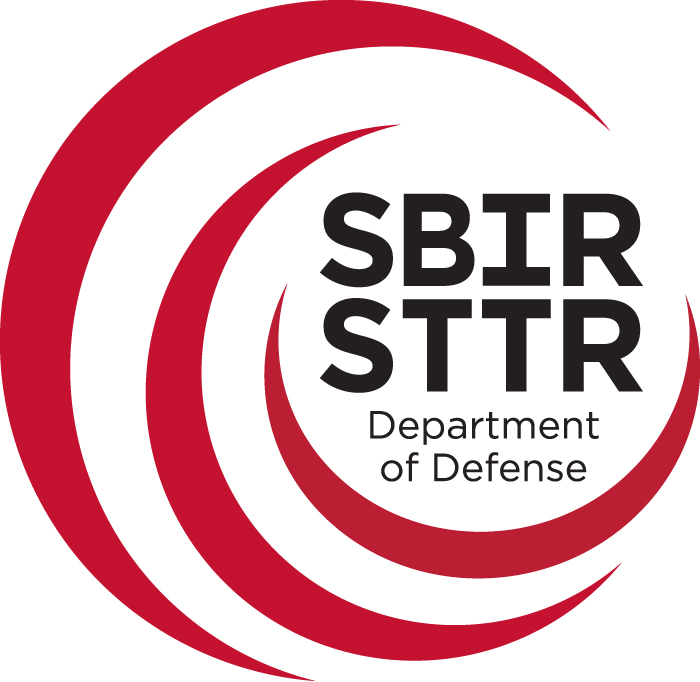Process & Project Management
Motivated by the talent of our engineering workforce, we help prime partners and defense customers achieve program goals by providing process and project management services that deliver efficiency and end-user satisfaction. This work includes:
- Process Definition and Management
- Project Planning and Monitoring
- Measurement and Analysis
- Decision Analysis and Resolution
- Casual Analysis and Resolution
- Risk Management
- Quality Assurance
We provide process and project management services for several advanced weapon system programs, including:
Project
System Integration Team Environment (SITE)
Customer
Missile Defense Agency (MDA)

The System Integration Team Environment (B-SITE) is Lorem ipsum dolor sit amet, consectetur adipiscing elit. Ut elit tellus, luctus nec ullamcorper mattis, pulvinar dapibus leo.
Process Management
Project Management
Project
Terminal High Altitude Area Defense (THAAD)
Customer
Missile Defense Agency (MDA)
Terminal High Altitude Area Defense (THAAD) is a transportable system that intercepts ballistic missiles inside or outside the atmosphere during their final, or terminal, phase of flight. THAAD uses a one-stage hit-to-kill interceptor to destroy incoming ballistic missile targets. THAAD is able to intercept incoming missiles both inside and just outside of the Earth’s atmosphere at a range of 200 kilometers, which mitigates the effects of weapons of mass destruction before they reach the ground. The ability to intercept both inside and outside the atmosphere makes THAAD an important part of layered missile defense concepts, as it falls between the exclusively exo-atmospheric Aegis interceptors and the exclusively endo-atmospheric Patriot interceptors.
There are four main components to THAAD: the launcher, interceptors, radar, and fire control. The launcher is mounted on a truck for mobility and storability. There are eight interceptors per launcher. Current Army configurations of THAAD batteries include six launchers and 48 interceptors. The THAAD system utilizes the Army Navy / Transportable Radar Surveillance (AN/TPY-2) radar to detect and track enemy missiles at a range of up to 1,000 kilometers. The fire control system is the communication and data-management backbone and is equipped with an indigenous THAAD Fire Control and Communications system. The Command, Control, Battle Management, and Communications (C2BMC) also provides tracking and cueing information for THAAD from other regional sensors on Aegis and Patriot systems.
Software Development
THAAD Fire Control
Communications IPT
Developed launcher and radar interfaces
Battle Management IPT
Requirements development
Implemented battle planning algorithms
Optimized algorithms to improve performance
Software Architecture
THAAD Fire Control
Resolution of inter process communications issues
Developed architecture concepts
THAAD Launcher
Development of software interface definition
Controlled radars and launchers to manage
engagement & destruction of target
Causal analysis & resolution
Project
Modeling and Simulation Contract - Framework and Tools (MASC - F)
Customer
Missile Defense Agency (MDA)
Missile defense technology being developed, tested and deployed by the United States is designed to counter ballistic missiles of all ranges—short, medium, intermediate and long. Since ballistic missiles have different ranges, speeds, size and performance characteristics, the Ballistic Missile Defense System is an integrated, “layered” architecture that provides multiple opportunities to destroy missiles and their warheads before they can reach their targets. The system’s architecture includes:
Networked sensors (including space-based) and ground- and sea-based radars for target
detection and tracking;
Ground- and sea-based interceptor missiles for destroying a ballistic missile using either the force of a direct collision, called “hit-to-kill” technology, or an explosive blast fragmentation warhead; and
A command, control, battle management, and communications network providing the operational commanders with the needed links between the sensors and interceptor missiles
Software Development
- HMI development using Eclipse Rich Client Platform (RCP)
- Enterprise Service implementation using OSGi
- Model Driven Architecture (MDA)
- Model Driven Development (MDD)
- Repository management in support of “Big Data” analysis
- Capture, curation, storage, search, sharing, analysis, and visualization
- Configuration Management and Tooling Support
- Rhapsody
- Data Distribution Service (DDS)
Requirements Analysis
Software Architecture developing a composable, extensible, and scalable architecture based on Open Services Gateway Initiative (OSGi).
Primary architecture approach is based on CFI Small Business Innovative Research (SBIR) Unified Modeling Language (UML) Based Programming Support Environment (PSE) project results.
